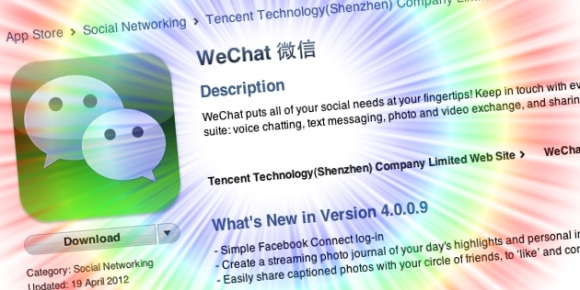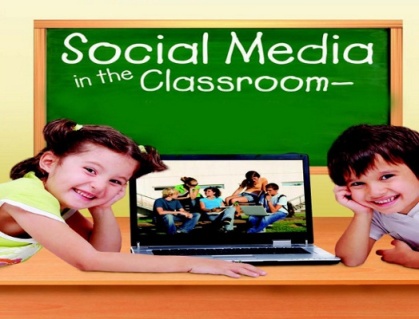We looked at Pros earlier….lets look at Cons now
 Social Media can be a Distraction A common complaint among educators is that social media is distracting in the classroom. These instructors maintain that tools like Facebook and Twitter divert students’ attention away from what’s happening in class and are ultimately disruptive to the learning process. With the possibility that the use of social media tools can be an invitation for students to goof off, instructors should make sure they won’t be abused.
Social Media can be a Distraction A common complaint among educators is that social media is distracting in the classroom. These instructors maintain that tools like Facebook and Twitter divert students’ attention away from what’s happening in class and are ultimately disruptive to the learning process. With the possibility that the use of social media tools can be an invitation for students to goof off, instructors should make sure they won’t be abused.
Cyberbullying While social networking sites provide a way for students and teachers to connect, they can be a weapon of malicious behavior–even on college campuses.
Discouraging Face-to-Face Communication Some educators are concerned that while real-time digital stream may create a safe harbor for students who are uncomfortable expressing themselves, students are missing valuable lessons in real-life social skills. Students may find themselves at a disadvantage during college admission or job interviews when they need to command attention and deliver a coherent message. At social gatherings and in personal relationships, they need to be able to effectively express themselves and connect with others.
Ultimately, while the debate continues over what role social media should play in the classroom, no one can argue the influence that social networking has on today’s students. This tech-savvy generation conducts much of their life through social media channels. Not surprisingly, they’re already using YouTube, Facebook, and Twitter as tools for learning and collaboration. They expect that their campuses will follow suit. With this in mind, it seems prudent for today’s institutions to get on the social media train and find ways to successfully integrate these tools into the classroom.
In conclusion…this infographic pretty much sums up how social media should be used in class















 Readers are also often looking for inspiration on how to use certain products
Readers are also often looking for inspiration on how to use certain products


 Notice three different references to free resources just in this snapshot.
Notice three different references to free resources just in this snapshot.

 Letting customers see the personal side of your staff makes them more likely to stay engaged with you.
Letting customers see the personal side of your staff makes them more likely to stay engaged with you.
 These three images cycle to create an animated effect on the Weapons Plus Google+ page.
These three images cycle to create an animated effect on the Weapons Plus Google+ page.
 Here, Weapons Plus shows a fan sporting a haircut that advertises one of their customers. Now that’s showing some love!
Here, Weapons Plus shows a fan sporting a haircut that advertises one of their customers. Now that’s showing some love!
 Be sure to make full use of the About tab on Google+.
Be sure to make full use of the About tab on Google+.
 Evian has connected their various platforms on YouTube—all while reinforcing their core message.
Evian has connected their various platforms on YouTube—all while reinforcing their core message.
 This pop-up ad uses strong social proof to compel readers to sign up.
This pop-up ad uses strong social proof to compel readers to sign up.
 Make sure to service your mobile audience.
Make sure to service your mobile audience.
 When you hover over an author’s picture, his or her bio and a fun picture display.
When you hover over an author’s picture, his or her bio and a fun picture display.